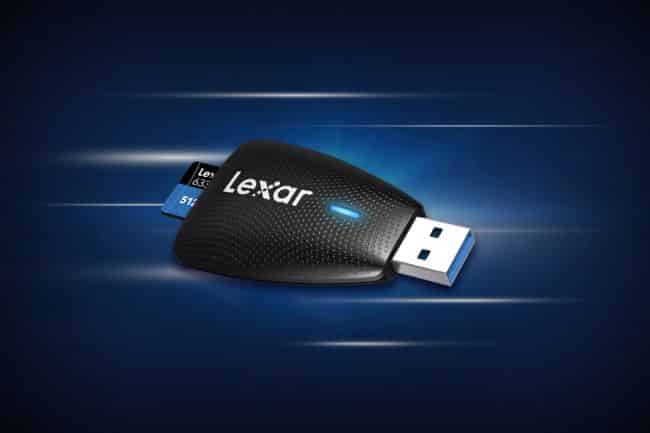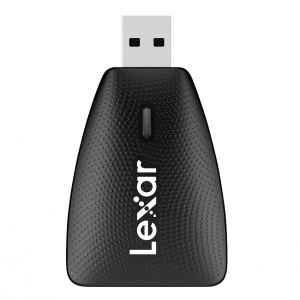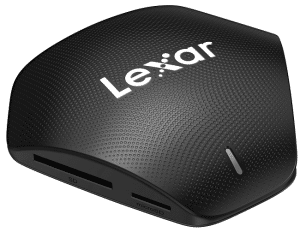Lexar unveils two new USB card readers

If you are into digital photography, picking a camera is only part of the equation -- you also need to buy a storage card. Nowadays, this is most likely going to be an SD card, but there are cameras that use other types, such as microSD and CompactFlash. If your computer doesn't have an integrated card reader, you may need to get a USB variant -- that is probably the easiest and fastest way to transfer the photos.
Over on Amazon, there are lots of USB card reader models to be had, but many of them are by unknown brands with questionable quality. Trust me, you don't want to corrupt or damage your card because you bought a cheap reader -- your photos are worth more than that. Instead, you should stick to a reputable brand. Today, one such brand, Lexar, unveils two new readers -- one is a 2-in-1 model, while the other is 3-in-1. Neither are revolutionary, but they look to be well-designed and are reasonably priced.
ALSO READ: Happy 20th birthday, SD card!
"The Lexar Multi-Card 2-in-1 USB 3.1 Reader works with SD and microSD cards, while leveraging USB 3.0 technology to deliver high-speed file transfers from card to computer. With speeds of up to 312MB/s (reads up to 5 times faster than USB 2.0), you can significantly improve your workflow and maximize your bandwidth. Designed for quick multi-card photo and video transfers, this card is a must have for those looking to save time with concurrent and card-to-card file transfers," says Lexar.

Speaking about the 3-in-1 reader, the company explains, "Leveraging USB 3.1 technology to deliver high-speed file transfers of up to 312MB/s for SD and microSD, plus up to 160MB/s for CompactFlash cards, this reader supplies an ample amount of speed for transfers from your home work station or on the go. Designed to meet the advanced needs of photo and video professionals looking to streamline their workflow, this highly versatile reader offers a convenient way to quickly transfer files between multiple cards and your PC with no need for an additional power source."


While both can be used while on the go, it is the 2-in-1 that is better designed for portability -- it is smaller and connects directly to a USB port. The 3-in-1 model, in comparison, is more geared towards desk-use and connects to the computer with a USB cable. Ultimately, which model you choose depends on your needs and preferences.
The 2-in-1 will sell for $19.99, while the 3-in-1 will cost just $10 more than that. If you are interested, you should expect them to hit stores very soon.
